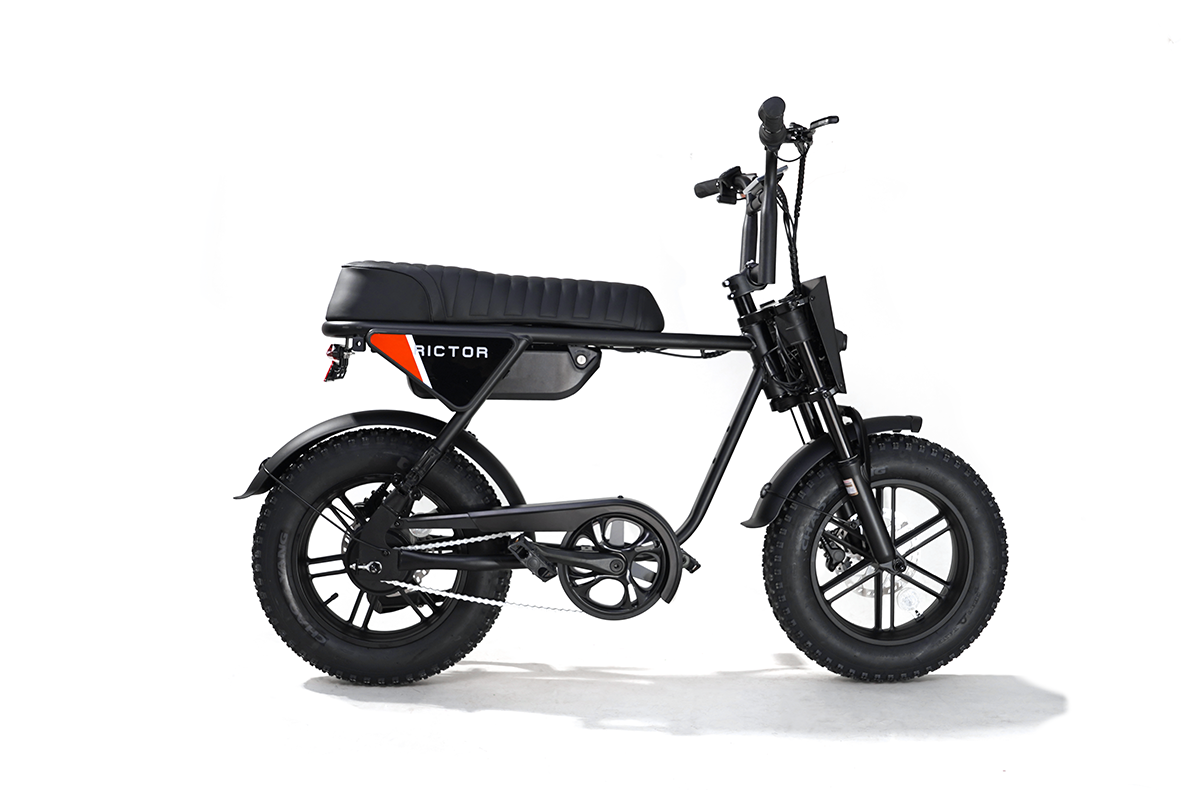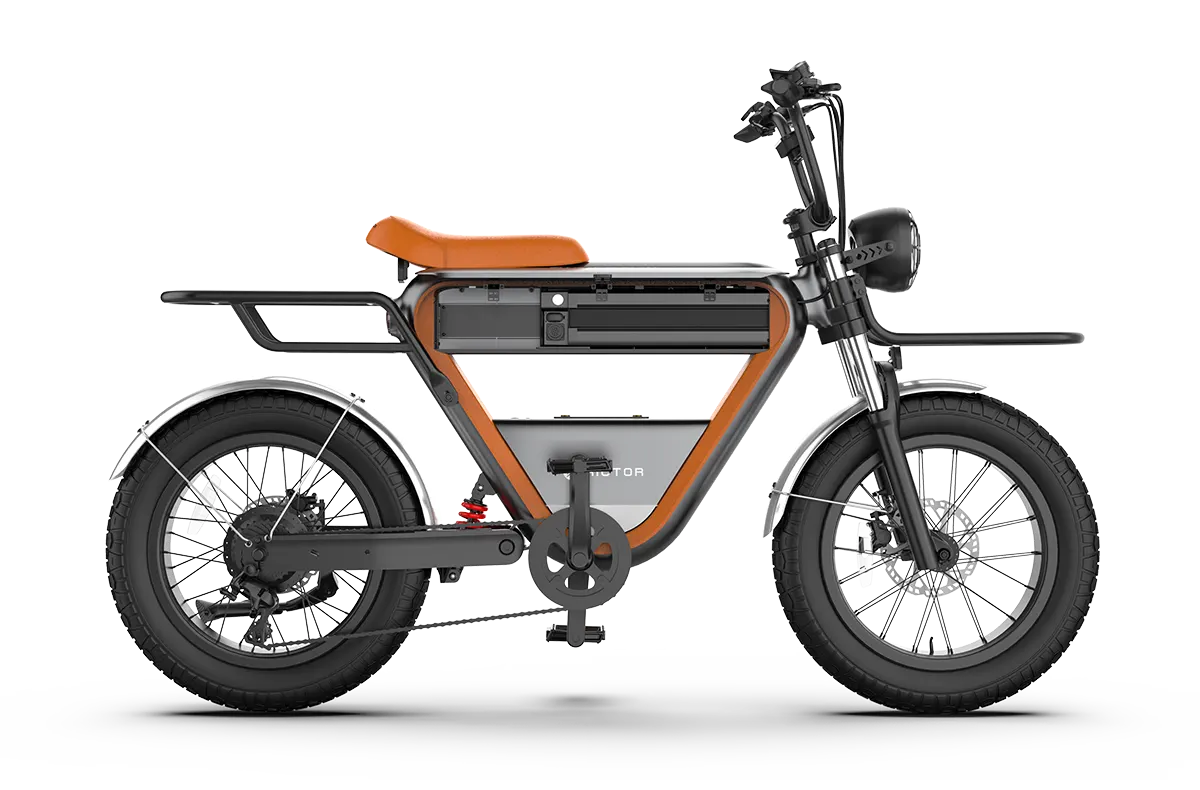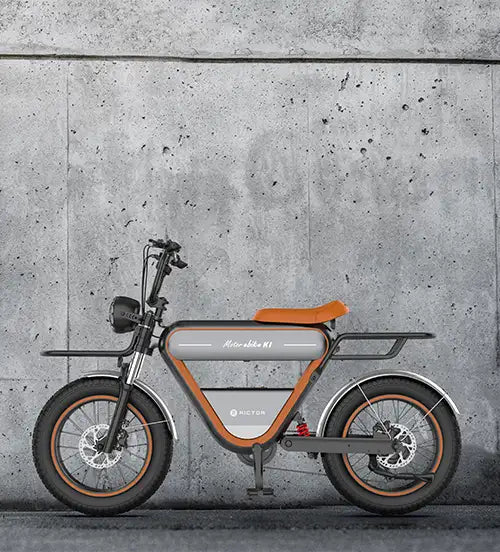
New E-Bike Laws 2025 for California: What Has Changed?
California has been at the forefront of the electric bicycle movement, making it easier for residents to embrace electric bikes as an alternative to traditional vehicles. With more people choosing this eco-friendly mode of transportation, the state has seen a significant rise in the popularity of electric bicycles. This surge has also brought challenges, with many higher models straying from established electric bike laws and causing concerns among local communities, especially on busy public roads and bike paths.
New Electric Bicycle Classifications
One of the most noticeable changes in the new laws is the introduction of stricter classifications for electric bicycles. In 2025, California has refined the definition of electric bikes, categorizing them into three specific classes: Class 1, Class 2, and Class 3. This classification helps streamline regulations based on the motor output and the rider's control over it.
-
Class 1 electric bicycles are equipped with a motor that only provides assistance when pedaling and ceases once the bike reaches 20 mph. These bicycles are allowed on most bike paths and trails.
-
Class 2 Ebikes(like Rictor K1 fat tire electric bike) have a throttle that can propel the bike without pedaling, but the motor stops once the bicycle hits 20 mph. These bikes also have access to bike lanes and paths, though some localities may impose restrictions.
-
Class 3 electric bikes are more powerful, offering pedal-assist up to 28 mph. However, these bicycles are not allowed on most bike paths unless designated, and riders are required to wear helmets by law.
This shift in classifications gives clarity for riders, law enforcement, and local governments about where each type of electric bike can legally ride, ensuring safer and more organized use of public spaces.
SEE ALSO Electric Bike Rebate Colorado: What You Should Know
New Helmet and Safety Regulations
Under the 2025 update, helmet requirements for Class 3 Ebike riders have been expanded. Riders under the age of 18 are now required to wear a helmet, even when riding Class 1 or Class 2 electric bicycles, which previously didn’t enforce this rule across the board. The state has also passed stricter regulations on helmet standards, ensuring that helmets meet higher levels of safety certification.
In addition, local cities and counties now have the authority to enforce more stringent rules regarding electric bike speed limits in specific zones, such as near schools or busy pedestrian areas. This reflects California’s commitment to creating safer environments for cyclists and pedestrians alike.
Expanded Electric Bike Access to Bike Lanes and Trails
With the surge in popularity of electric bicycles, the demand for designated bike lanes and trails has never been higher. As part of the 2025 law revisions, California has introduced new provisions to allow Class 1 and Class 2 Ebikes on more designated trails and bike lanes, including some areas where traditional pedal bikes were previously the only ones allowed. However, this is not a blanket rule, as local governments still have the power to limit access in certain areas for safety reasons.
For Class 3 electric bikes, however, the restrictions remain in place, and riders must use roadways and bike lanes that are specifically designated for motorized vehicles. This ensures that faster Ebikes don’t interfere with slower cyclists or pedestrians.
Electric Bike Registration and Insurance Requirements
In response to increasing concerns over the safety and security of electric bikes, California now mandates registration for certain types of electric bicycles. This mainly applies to high-powered Class 3 electric bikes, with a focus on ensuring that motorized bicycles are properly accounted for in the event of theft or accidents.
While registration fees remain relatively low, this policy aims to provide clearer ownership and tracking systems for law enforcement. Some regions may soon require electric bike owners to carry insurance. This could prove helpful for riders involved in accidents, offering financial protection against damage or injuries that may occur while riding on public roads.
Local Regulations and Enforcement Powers
As of 2025, local authorities have been granted more power to regulate electric bike usage within their jurisdictions. This includes setting specific speed limits, access rules, and even parking regulations for electric bicycles. Cities like Los Angeles, San Francisco, and San Diego have already started experimenting with these rules, hoping to find the best balance between encouraging green transportation and maintaining public safety.
Some areas may introduce mandatory safety courses for new electric bike riders, ensuring that riders are familiar with the bike’s functionality and the laws in place. Additionally, some areas may enforce fines or penalties for violations such as riding on trails where electric bikes are prohibited or failing to use required safety gear.
Conclusion
The 2025 electric bike laws in California represent a significant shift in the way electric bicycles are treated across the state. With clearer classifications, safety standards, and expanded access, these regulations are designed to make riding electric bikes safer, more accessible, and more sustainable for everyone. As electric bikes continue to gain in popularity, these updated rules provide the foundation for a more organized and safer future for cyclists across California.
FAQs
Do I need a license to ride an electric bike in California?
No, you do not need a license to ride an electric bicycle in California. However, depending on the type of electric bike you own, there are certain rules about where you can ride and whether you need a helmet.
Can I ride a Class 3 electric bike on any trail?
No, Class 3 electric bicycles are generally not allowed on most bike paths or trails. They are restricted to bike lanes and roadways that are designated for motorized vehicles.
Will I need insurance for my electric bike in California?
As of 2025, Class 3 electric bike owners may need to carry insurance, depending on local laws. It's best to check with your local government for any specific insurance requirements in your area.




